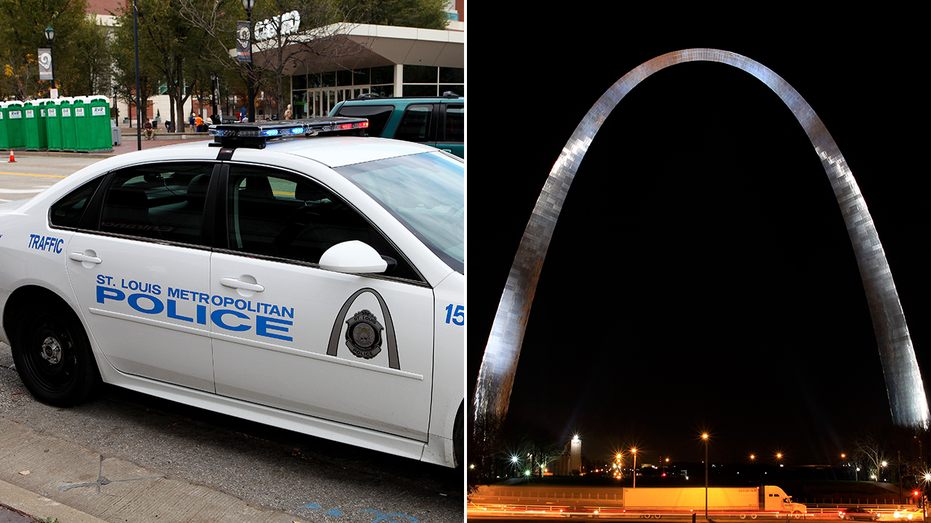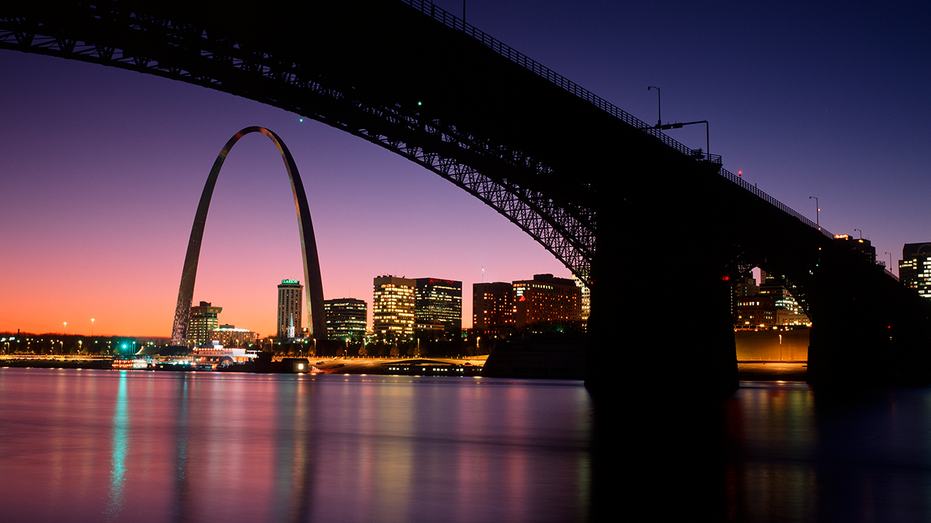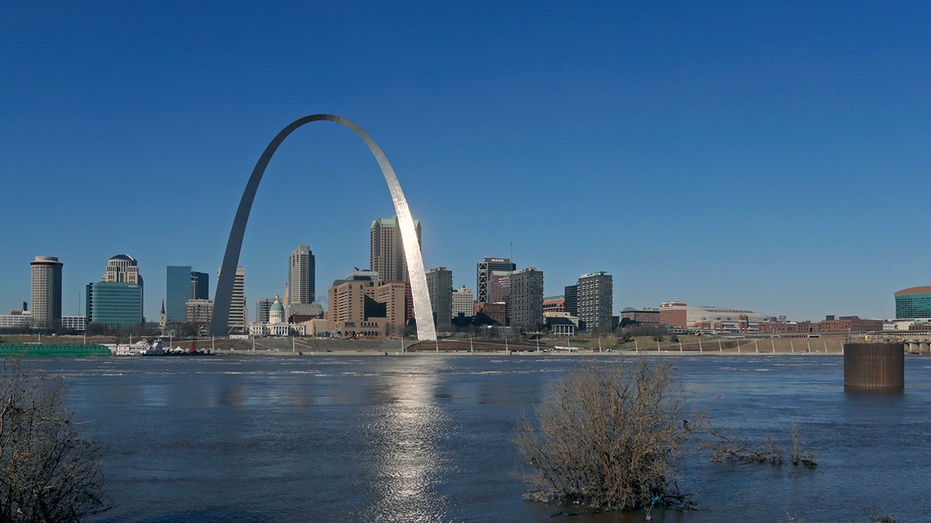St. Louis downtown trapped in 'doom loop,' marred by empty offices, break-ins and store closings: Report
One St. Louis leader said Wall Street Journal story was 'wakeup call' for the city
Vacant office buildings serve as 'monumental opportunity' to solve housing 'crisis': Joel Marcus
Alexandria Real Estate Equities CEO Joel Marcus says 996 million square feet of unused office space sits available to home developers.
The once bustling downtown of St. Louis, Missouri, is now stuck in a "doom loop," marred by a score of empty office buildings, thieves and retail closures, according to a new report.
The Wall Street Journal on Tuesday published a story on the "real estate nightmare" and detailed stories of boarded-up properties and occasional raids by police and firefighters searching for squatters and missing people.
"It's a very dangerous place," St. Louis Fire Department Chief Dennis Jenkerson told the paper.
During one of the 2023 raids, a search dog fell through an open window and later died. A fire also broke out last year at one building, which authorities suspected was caused by copper thieves.
OFFICES AROUND AMERICA HIT A NEW VACANCY RECORD

The downtown area is a vestige of its former self, with vacant buildings and unsafe streets, according to The Wall Street Journal. (Photo By Raymond Boyd/Getty Images / Getty Images)
The 44-story building previously owned by AT&T in the downtown area, the largest in the city, now sits vacant and recently sold for approximately $3.5 million. It previously sold for $205 million in 2006, an astonishing drop in value over less than 20 years.
"Cities such as San Francisco and Chicago are trying to save their downtown office districts from spiraling into a doom loop. St. Louis is already trapped in one," The Wall Street Journal reported.
Locals said they are often depressed and scared by the sight of empty shops and restaurants, according to the WSJ. Sidewalks are left barren as fewer people choose to commute into the downtown area, and recently installed signs urge visitors to "park in well-lit areas."
According to the University of Toronto's School of Cities, the business district of St. Louis experienced the greatest drop in foot traffic of 66 major U.S. cities between the start of the pandemic in 2020 and the summer of 2023.
"St. Louis has been steadily losing population for years, dipping below 300,000 in 2020 for the first time since the mid-1800s, but the coronavirus accelerated the decline," Kevin McDermott of the St. Louis Post-Dispatch wrote last year in the New York Times. "The effects were acute in my downtown neighborhood, particularly in emptying out the office workers, who scattered away to Zoom from their suburban homes and have not fully returned."
Traffic improvements have also moved slower versus most cities in the Midwest.
Last year, the city demolished a bridge connecting the Railway Exchange Building to a nearby parking garage because of frequent break-ins. The trespassers allegedly sawed through the plywood on the ground-floor windows. A security firm later installed steel plates, but people have found ways to circumvent them.
"It's a classic chicken and egg kind of deal," Washington University professor of economics Glenn MacDonald told The Wall Street Journal. "People don't go there because there's nothing to do. There's nothing to do because people don't go there."
The paper said drivers often speed on empty roads through the city, which in 2017 led to an incident where a 17-year-old volleyball player lost both her legs. Local shops have shelled out cash for private security and one barbecue joint found a bullet hole in its smoker.
4 WAYS LANDLORDS CAN NAVIGATE THE COMMERCIAL REAL ESTATE CRISIS

A photo of the St. Louis skyline and Arch at sunset. Above it is the Eads Bridge along the Mississippi River. (Joe Sohm/Visions of America/Universal Images Group via Getty Images / Getty Images)
The city has also lost a slew of other businesses, including a Macy's department store, according to the report.
St. Louis has begun a campaign to bring back businesses and residents by adding landscaping, bike lanes and traffic barriers. Greater St. Louis Inc., a civic organization, has launched a program to hand out up to $50,000 for retailers to move downtown and pay for a portion of their construction work.
Some city leaders have responded to the article, with St. Louis Alderwoman Cara Spencer labeling it a "wakeup call" for the city.
"This is our brand, this is our name, this is how people think of St. Louis," she told local news station First Alert 4."
Spencer said the city, the largest in Missouri, should be working to compete on a national and international scale and pointed to moves by lawmakers, such as passing a bill to use eminent domain to redevelop crumbling properties, as a decent start.

The St. Louis arc is seen in the skyline of St. Louis, Missouri, January 13, 2016. Richmond Heights is a suburb of St. Louis. (REUTERS/Tom Gannam / Reuters Photos)
In a statement to First Alert 4, Democratic St. Louis Mayor Tishaura Jones said, "I am optimistic about the future of our city and confident in my administration's ability to continue our focused revitalization of downtown."
"From law firms to tech startups, retail and restaurants, Downtown St. Louis has caught the eye of businesses from all backgrounds, cultures, and sectors. Through partnerships with Greater St. Louis, Inc. and the St. Louis Development Corporation, the City of St. Louis is building toward a day in the not-too-distant future when downtown serves as a cultural beacon for our entire region," she continued.
St. Louis Alderman Rasheen Aldridge expressed a similar position to the station and said she was "hopeful" that the downtown is experiencing positive changes.
GET FOX BUSINESS ON THE GO BY CLICKING HERE
Citizens for a Greater Downtown St. Louis also released their own statement and admitted the "most damaging" aspect of The Wall Street Journal article is that it is "largely accurate."
"The conditions that article echo exactly what our group has been warning about for nearly six years, long before the pandemic accelerated the decline of our downtown," they added.




















